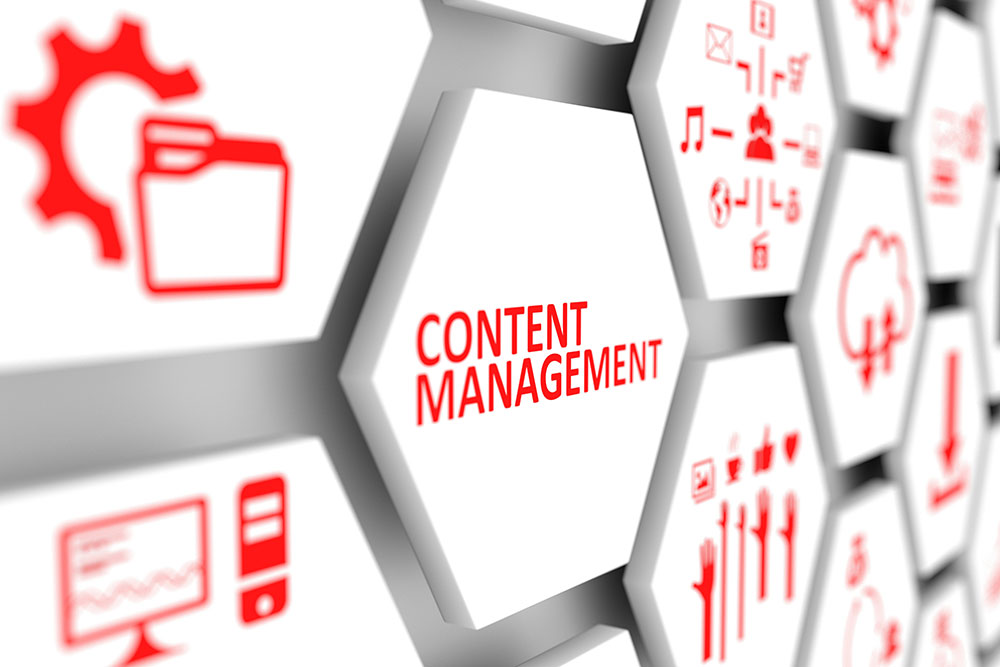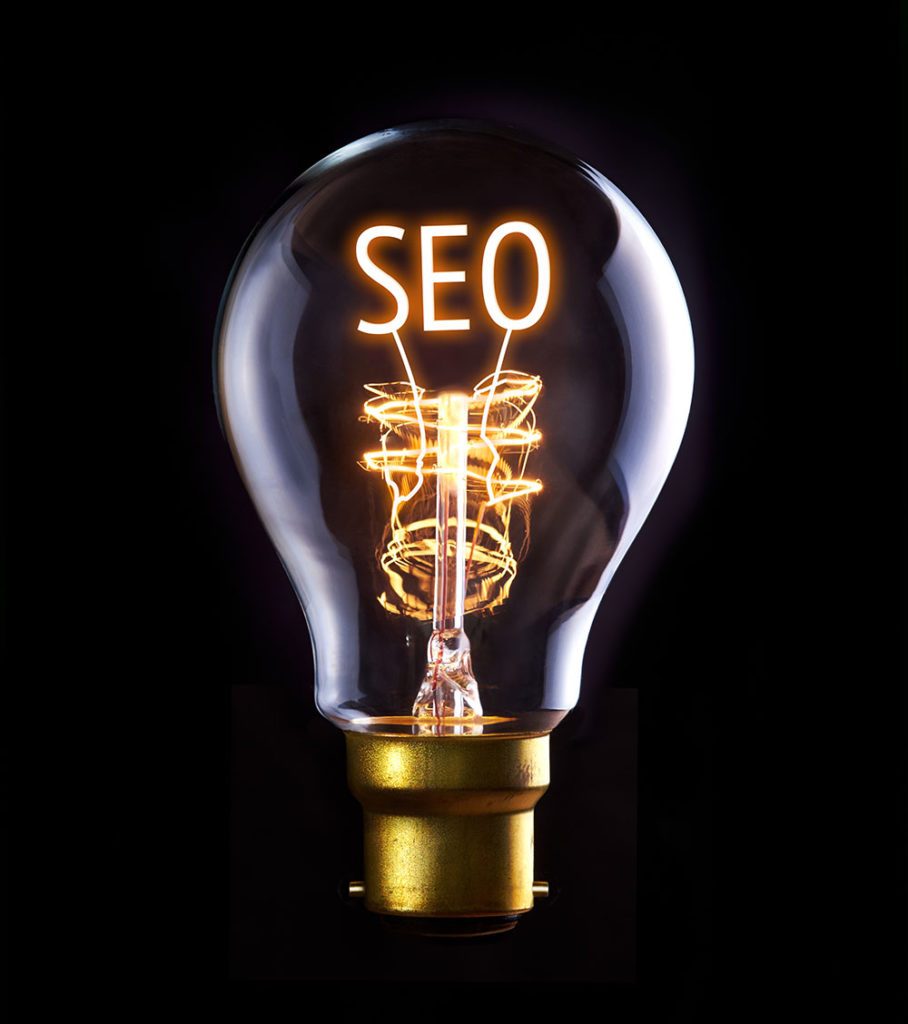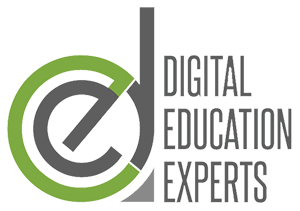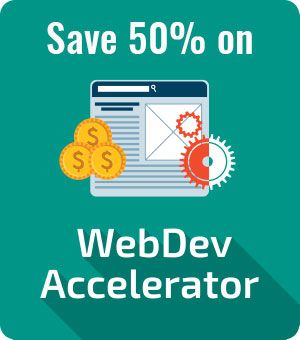When you set out to make a website for the first time, it’s daunting.

If you are just building a small family site, a hobby site, or a simple site for a small club etc it’s pretty simple. You can use just about any website builder because your requirements are really basic. Concerns about control over of content and options to relocate or develop your site are not really a factor.
On the other hand, if you are trying to work out how to create a website for Business it is a completely different situation. Especially if you want that site to make money for you. Of course, if you have an idea, and want to develop it you can always talk to us.
Following, are just a few of the steps to move through if you want to build a decent business site. Doing this from scratch can take some time, and there are many rookie mistakes that can cost you real time and Money.
For that reason alone, if you are setting out to build a business online, we would recommend you invest in a quality training first.
Learn how to make a website with Web-Dev Accelerator
We found an online course which was inexpensive, and tax deductible. It has saved us countless dollars and hours.
With this online training we had our first site up and fully functional in only 7 days. Pretty amazing because at the time we really knew nothing about building Websites.
We would never have worked out all the details without Web-Dev
A brief overview of creating a business website from scratch
There are a series of important steps you take before the Website building starts. The choices you make here will directly impact on the success of your Website.
The right choices can mean:
- Lower monthly operating costs.
- Higher search engine rankings.
- Reduced website development costs.
- A website that grows with you
The wrong choices can mean:
- Higher set up fees.
- Loss of ownership of your content
- Expensive relocation costs
- Lower Visibility in your market
Choosing a Website Building Platform
In reality, the first thing you need to decide on is the Website Building Platform you are going to use. Also known as a Content Management System (CMS), the platform you go with impacts on almost everything that follows, including things like your
- Domain Name.
- Website Hosting.
- Content Creation.
- Images.
- Use of Plugins.
- Need for Technical Support.
- Choice of Website Theme.
- Ability to Customize your site.
As with everything online, there are a lot of options available here.
The problems with smaller platforms

Platforms like web.com, Wix, Squarespace, Weebly, Domain.com, Zyro and others, all offer relatively easy to use, drag and drop page builders.
Each has a variety of plans. Some even offer a free starter option, or a free Domain name as an enticement, but saving a few dollars on a Domain is a poor option if it limits your website forever.
If you are going to build an income producing website the negatives here outweigh the benefits.
All of these types of platforms come with limitations. These are often overlooked by someone just learning how to make a website, especially the first business website.
The result is a website that:
- Has limited blogging capabilities
- Must accept the Platform’s ads on it’s pages
- Is difficult or impossible to move later
- Has limited plugins or add-ons for individuality
- Needs to pay extra for a quality domain name
- Only has a small E-Commerce store
- Pays commission to the platform on product sales
- Will be unable to grow or rank highly
- Can only have a small number of pages.
- Is limited to a small group of payment gateways
None of these restrictions are acceptable when you make a decent Business Website.
The right Website Platform for your site
You really only have two Platforms to consider when it comes to making a website for Business.
WordPress.org
WordPress.org, (not .com) is both FREE and open source.

It has thousands of free or paid website themes available. Unlike other platforms, with WordPress.org you can build any kind of Website you wish. It has drag and drop page builders, and access to over 50,000 plugins.
These plugins provide functionality, individuality and security to your site.
With WordPress.org, you arrange and maintain your website hosting, buy and control your premium domain name and have total control over your website yourself. (Luckily the Web-Dev had clear guidance on all of this)
Because WordPress is the best platform around, over 35% of all websites on the internet are built on it. As a result, it is easier to get outsourced technical help when you need it because everyone knows the Platform, and it is so easy for them to use.
With some trial and error, you can build any kind of site on WordPress, from a Blog, to a Directory, or Membership site. You can sell courses with an Information delivery site, or products with an E-Commerce store with the help of some plugins.
We found that even with the best Platform, you need to have some technically skills. Most new Webmasters (like us) need some guidance to get their first few sites up and growing.
The only time we would consider using a platform other than WordPress, is if we are creating a dedicated E-Commerce store.
For E-Commerce the other option Is Shopify

Shopify is specifically designed for the creation of E-Commerce stores. Like WordPress, it is a leader in its field, with over a million current users. It is also the fastest growing E-Commerce platform in the world.
Shopify takes care of the software updates and back-ups. It has its own payment solution that allows you to interface with Credit cards, or you can use your preferred external payment gateway.
Another great thing about Shopify is that it has its own built in Inventory Control, and you can have unlimited product lines on your store.
There are also abundant statistics available, along with marketing solutions and hundreds of store designs to choose from.
For the most powerful combination of all, you can even link Shopify to your WordPress site, when the need for an E-Commerce solution arises.
You need a Domain Name
Your Domain Name is simply the name that your Website will be known as, such as “Instagram.com“
A Domain name usually has 2 parts. The Second Level Domain (SLD-essentially your chosen name), and, a Top Level Domain, (TLD) which is also known as the domain extension or Domain Suffix.
So, in the example above, “Instagram” is the Second Level Domain and “.com” the Top Level Domain
The challenge in getting your domain name is that there can be only one SLD on each TLD. So only one “Instagram” with a .com extension.
Choosing a Domain name (SLD)
There are many traps to avoid in this seemingly simple process, here are just a few basic tips to follow:
- Keep your name as short as possible
- Use your Keywords in the name
- Make it easy to spell, remember, and pronounce
- Avoid double letters “ll”
- Do not have hyphens in your name
- Stay away from misspelled words
- Be creative
- Come up with multiple options
Choosing a Top Level Domain

There is an ever increasing list of these extensions, some specific to an industry (.education), some specific to a country (.CA is Canada), and some restricted to formal use like EDU for educational institutions.
It might be tempting to choosing one of the newer extensions, especially if the name closest to your desired SDL is still available, but this can have unforeseen consequences. For example, if someone is searching for you, their default extension (if they can’t remember your full name) is .com. It’s the oldest, most established extension and it’s the one on the keyboards of smartphones and computers.
So if your name is “stylist.hairdresser” and your competitor is “stylist.com” it will be your competitor who gets the extra, ill directed traffic and business.
Country specific extensions are fine for localized businesses with no plans of international expansion. These names are usually restricted to businesses registered within the Country. The problem here is that after you build your world beating website on a “Country Specific” extension, you can only sell it to another business in that country. This can severely reduce your selling price.
Because it is the most respected, most established and most trusted we recommend a “.com” with the “.org” and “.net” extensions your next best options.
You never “own” a domain name
This is Important. There is a popular misconception that once you register a Domain name you own it. That is not the case, you have the exclusive right to use it as long as you pay the “rental” fee, much like a post office box.
If you don’t pay the rental, your Domain name, the name that your income production is based on, can be sold to someone else.
Fortunately, top Domain Registrars have great systems in place for you to automatically renew, and communication systems to warn you if something goes wrong with your payment.
There is also a grace period after your rental lapses, allowing you to take back control before the name is “sold” again. But if it does get sold on, it’s gone and so is your website.
Securing a Domain Name

This is where it starts to get interesting.
There are over 350 Million registered domain names already out there. So, you might find that the names you want the most have already be taken. That’s where your list of multiple options and some mental flexibility comes in.
Because you are registering a domain name separately from website Hosting, its best to start with the most popular Domain Name Registrar, GoDaddy.com. They are not only the biggest, but have great technical support and super easy domain set up and installation
Like most things, GoDaddy relies on algorithms, and exists to make money. We have found that indecision can be expensive here.
If you search for a name, find it available but don’t commit, when you come back and search again your interest seems to be seen as demand and the price increases each time you return.
Of course, while you are pondering, someone else can snatch it away too, so be decisive.
Website Hosting
This is effectively renting space on a computer server where your website can live.
Starting out, we find it easiest to just go to the biggest Hosting platform which is Hostgator.
It has over 10 million domains hosted, 99.9% up time, easy 1 click WordPress installation and outstanding 24/7 support. They also provide a free SSL certificate.
Another option people love is Bluehost. These guys have been around since 1996 and are also one of the largest. They are recommended by WordPress, have 24/7 support (which you can reach via Chat, Email or Phone) and are great for small business.
So now you’re ready to go:
With your Domain name linked to your Hosting account, you are ready to install WordPress and start building your website. Remember WordPress is free to Instal
WordPress Themes
You will need to select and install a theme from the thousands of free and paid Themes available. Some are better than others depending on the type of site you are building.
You need to find a theme that looks great, and makes it easy for your visitors to find what they are looking for. Not only that but it is essential that your theme looks as good on Mobile devices as on laptops and desktops.
It also must be SEO friendly.(Once again we found WebDev Accelerator invaluable here
Pages and Posts
From there you can start Developing the pages and posts which will make up your site.
You must understand the difference between Pages and Posts when creating Content.
They behave differently in your site architecture. From a simplistic standpoint, Pages are used for the more foundational and long standing Content on your site. Your carefully created posts should support those pages. Getting the two working together properly is a fundamental part of your on-page SEO.
Content Creation
From the start, you will need good quality written content, quality images, and some core pages like privacy, terms of use, and about us etc.
If you are not a skilled writer it’s important to find some very good out-sourced writers to help you.
Equally important, is to use only quality images which you are legally allowed to use. This is extremely important when you are building Websites for others.
Do not “borrow” images that you find online with Copyright belonging to someone else.
Professional image organizations like Getty Images will find you, and send out demands for payment for their use. The demands can be very large and these companies are rightly quick to enforce their Copyrights.
There are places online to find “free to use images” like unsplash.com or pixabay.com. We find that the best images are on paid sites like stock.adobe.com
Search Engine Optimization

Search Engine Optimization skills are a critical part of learning how to make a website. All of the Content on your site must be properly structured for Search Engines if you want to be seen in search Results.
It helps to use WordPress plugins like Yoast to guide your content creation. However, SEO is an essential, multi-layered skill. So, it is best learned from a coach who knows what they are doing. We found the Web-Dev accelerator very helpful in getting a handle on this too.
Categories and Tags
Categories and tags help visitors to find the content they are interested in. Essentially learning to use them properly allows you to properly organize your site.
This is an important part of improving your visitor’s experience on the site and of getting that visitor to take the action you want them to take.
Site Speed
Google hates, and penalizes slow sites, so it is critical to learn to monitor and enhance the way your site loads and displays if you want to rise in rankings. Changing themes and adding the wrong plugins can slow your site down. So tracking their impact on your site’s performance is an important habit to get into.
One tip is to make sure all images are suitably sized and compressed.
Security
Your website will be prone to Spam and hackers, so you must have good quality Security installed before your site is published, and maintained as a priority from there on.
Back-Ups
In the process of building your site, especially your first site, you are going to make numerous mistakes and some of these will no doubt lead to the site being “Broken”. Not only that, but with all the Hackers out there, you are absolutely going to come to a situation where you will need to recover or restore your site at some point.
You must have a quality, automated back-up process in place from day one.
Google Analytics
Make sure you have Google Analytics installed before you Publish your site. This allows you to see what level of traffic you attract. You can explore visitor behavior and fine tune your site.
Updates
Most Plugins, along with WordPress itself, will release Updates on a regular basis. For the security of your site, it’s best practice to keep them all up to date. But it is Essential to update your version of WordPress when prompted to do so.
Comments and Contact
You really must install a contact page so visitors can reach you.
Also, make sure that all comments coming into your site have to be manually approved before they are published. From there, you need to monitor incoming comments regularly.
Publishing the right comments increases the authority of your content in the eyes of your visitors. Equally, publishing poor quality or meaningless comments detract.
Removing demo or outdated Content

WordPress comes with Demo content that loads automatically when you install it. You must remove this to avoid receiving a Google penalty for outdated and duplicate content.
Google loves quality, fresh, original content. Of course, having your visitors land on a demo page is also a very poor reflection of your site
Monitoring Broken Links
Install a broken link plugin and act on it. Broken links have three negative impacts on your site.
Firstly, they tend to destroy your visitor’s experience on the site.
Secondly, because Google hates broken links, they will lead to lower search engine rankings.
Finally, and equally important, if your income is based on selling something, chances are that a broken link makes buying impossible and destroys your income.
Publishing your site
You need to know when to publish your site. Publish it too soon and Google and the public see the unrefined, ill designed work in progress we all move through. And you don’t want Google to index your content until you have finished the necessary SEO work on it.
On the other hand, holding back and not publishing until its perfect, means you delay the chance to have Google crawl your site, and start to index your pages and posts.
It pays to get all of your main pages done, with the best SEO you can manage, then publish the site. From there, as you add content, just do your best with each piece. Do the SEO, and publish regularly.
Phew! that’s how to make a website in brief
Understanding Websites is the main skill for making money online, Even from this brief, superficial overview, you can see there is a bit to learning how to make a website successfully.
That’s why we opted for some inexpensive guidance right up front. Without it, I doubt we would ever have published our first site, and we would not be enjoying the lifestyle we have now.
Luckily, we found an excellent eBusiness training company with Web-Dev Accelerator.
They gave us a step by step, foolproof guide to launching our first site. It covered everything we have touched on here and a lot more. Years later, we still use it as permanent checklist before launching each site we build. It is a sound business investment and will save you far more than it costs.
Your first site might not be perfect. But if you get the training and go through all of the steps, you will learn quickly and each site will be better than the last.
Don’t miss the Digital Revolution

With some basic skills mastered, the thing we see holding most people back online, is a lack of certainty.
With so many money making methods available it’s hard to be confident about which direction to take first.
We understand, and we have been there. The choice you make needs to be a match for your skills, and your financial resources.
So, if you are not sure of your path, or how to take things to the next level we can help.

